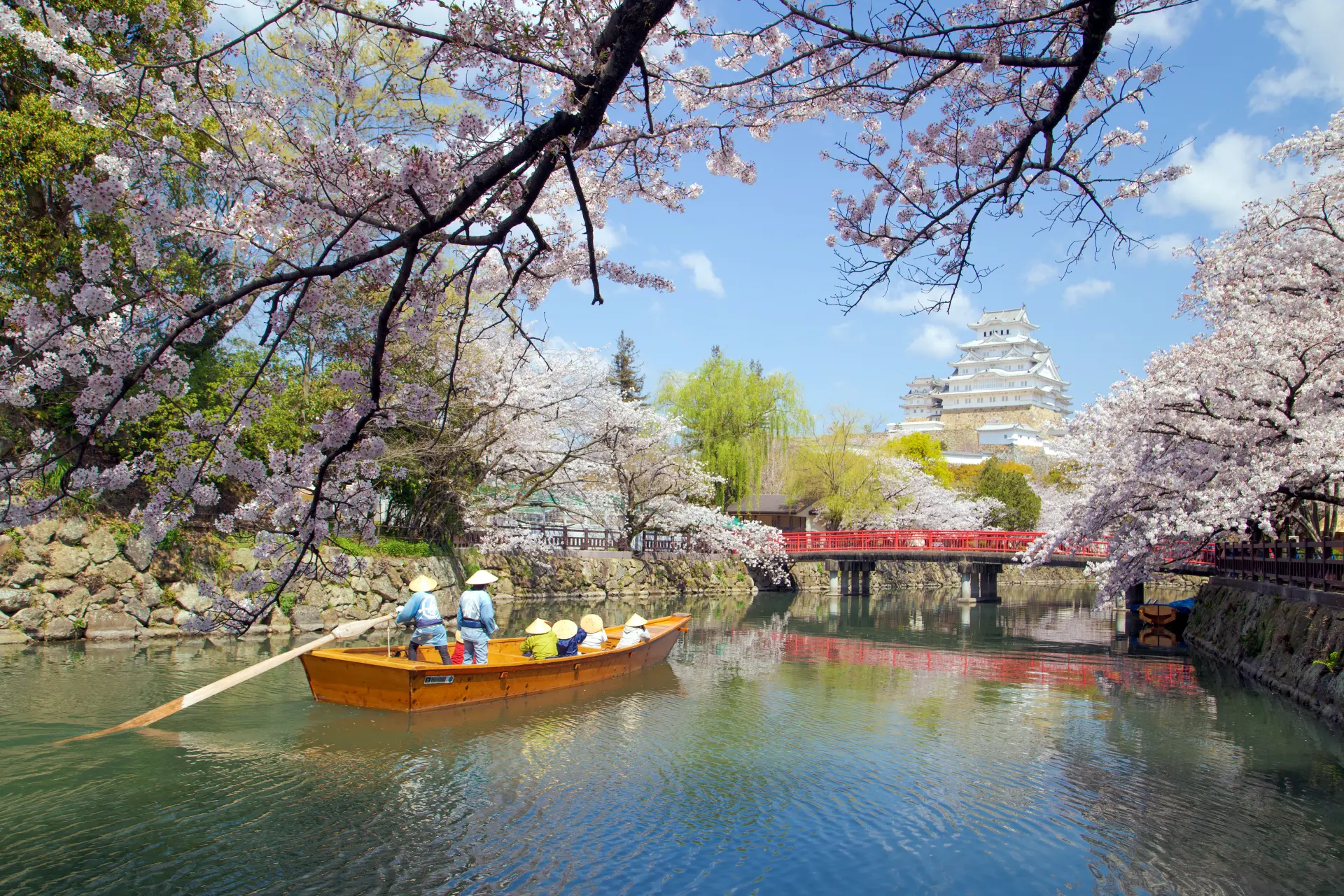
Experience the True Essence of Japan through Castles, Cultural Treasures, and Timeless Gardens
Last update
National Treasures & Cultural Landmarks
While the historical stories are compelling, every castle also offers its own unique highlights—from architectural ingenuity to breathtaking scenery. Here are some thematic ways to enjoy castle-hopping in Kansai: National Treasures & Cultural Landmarks.
Many Kansai castles still retain original buildings, gardens, and even painted screens dating back centuries—rare survivors in a country where many castles were lost to war and fire. Here, you can feel the breath of history and experience the real beauty of Japan’s cultural heritage.
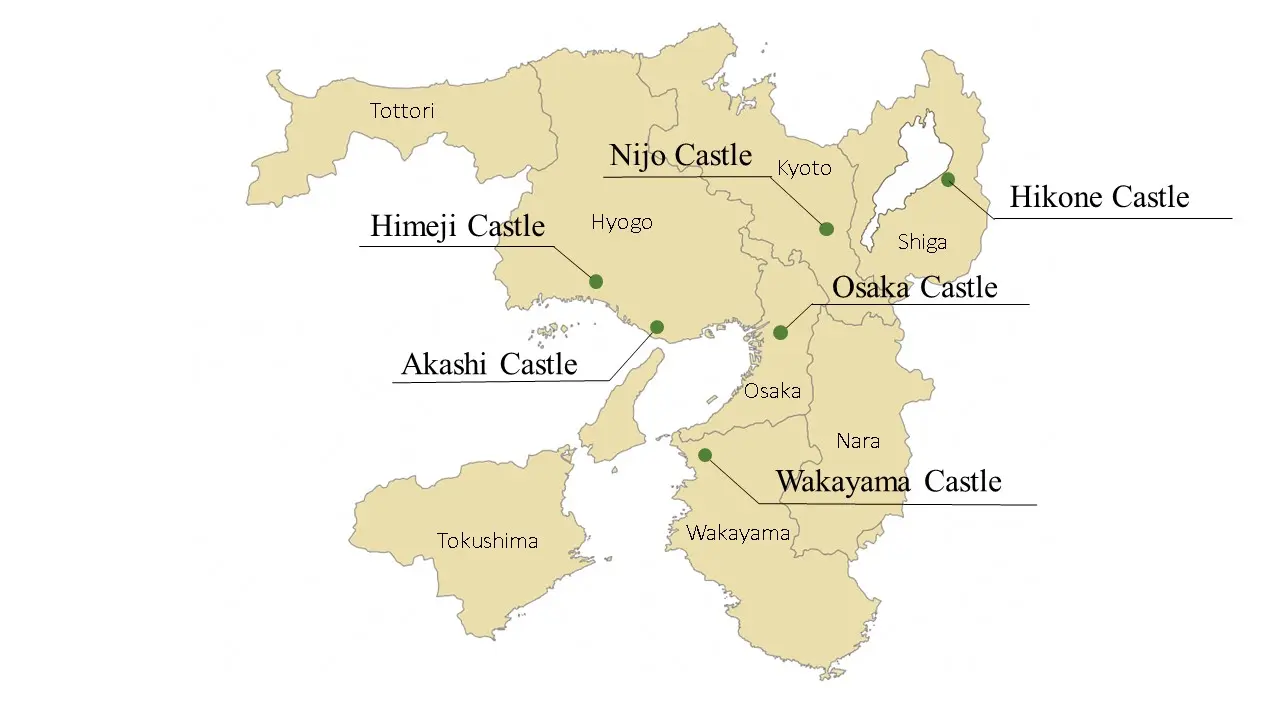
Osaka Castle
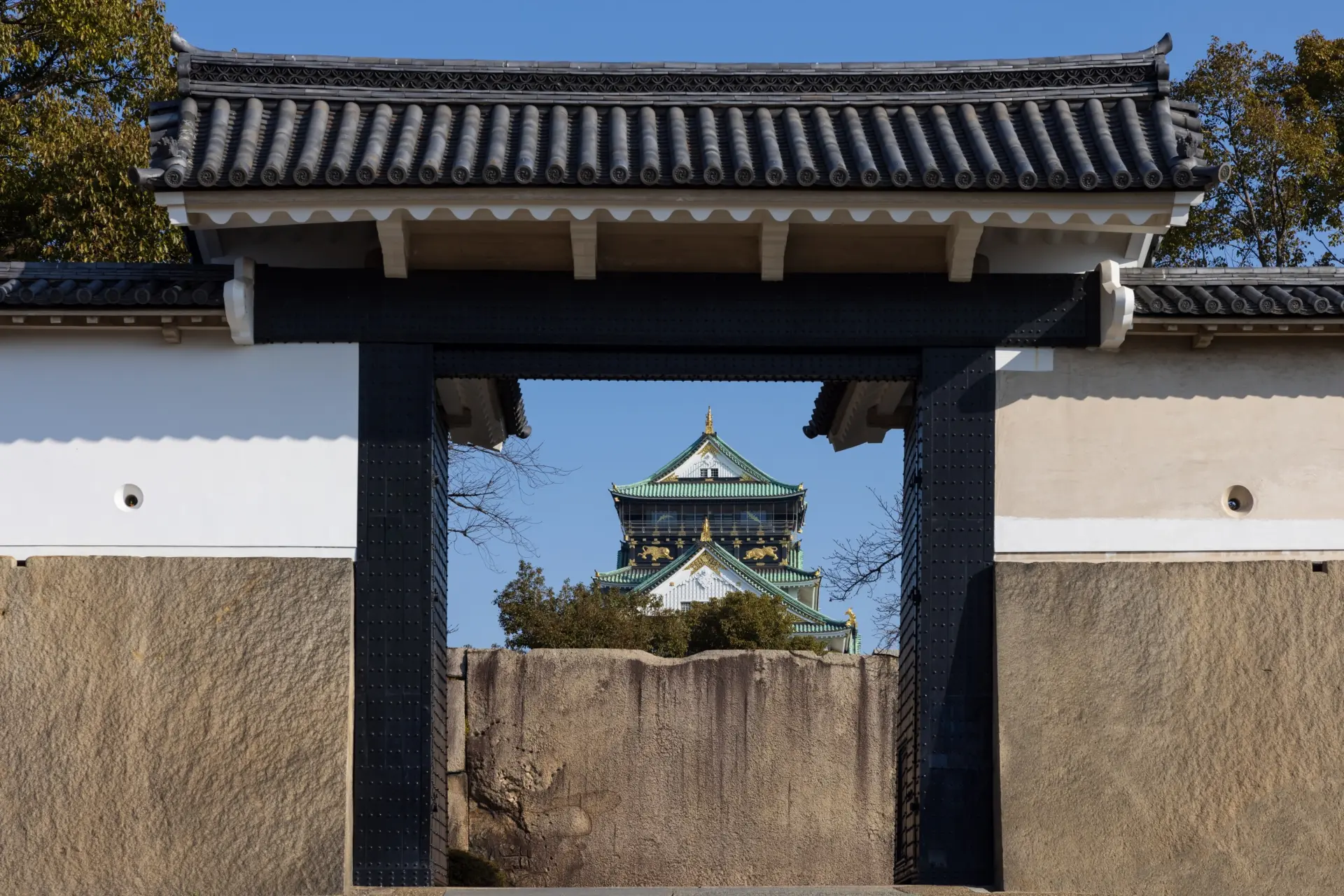
The current Osaka Castle was rebuilt on the site of Hideyoshi's Osaka Castle by the order of the second shogun, Tokugawa Hidetada, and the feudal lords of the western provinces. The castle tower was rebuilt in the Showa era, but many buildings from the Edo period remain, and 13 buildings, including the Otemon Gate, Sengan Yagura, Inui Yagura, and Onagura, have been designated as Important Cultural Properties of Japan. The stone walls within the castle, including the stone wall on the east side of the Honmaru, which is the tallest in Japan, also date back to that time, and some of the stones weigh over 100 tons.
Reference information:castle tower , Osaka Castle Park
Wakayama Castle

The castle tower has been faithfully rebuilt after it was burned down during war damage, but the Okaguchi Gate in the southeast part of the castle was built in 1621 and is a national important cultural property. It was used as the main gate when the castle was first built. Other structures that remain include the Oimawari Gate, which is said to have been built at the same time as the Okaguchi Gate, and the well house, which was built in the late Edo period. In addition, the Nishinomaru Garden, also known as the "Momijidani Garden," is a national scenic spot. It is said to have been created by order of Tokugawa Yorinobu, the first head of the Kishu Tokugawa clan, but there are also theories that it was created earlier.
Basic information: https://www.the-kansai-guide.com/en/directory/item/11837/
Nijo Castle
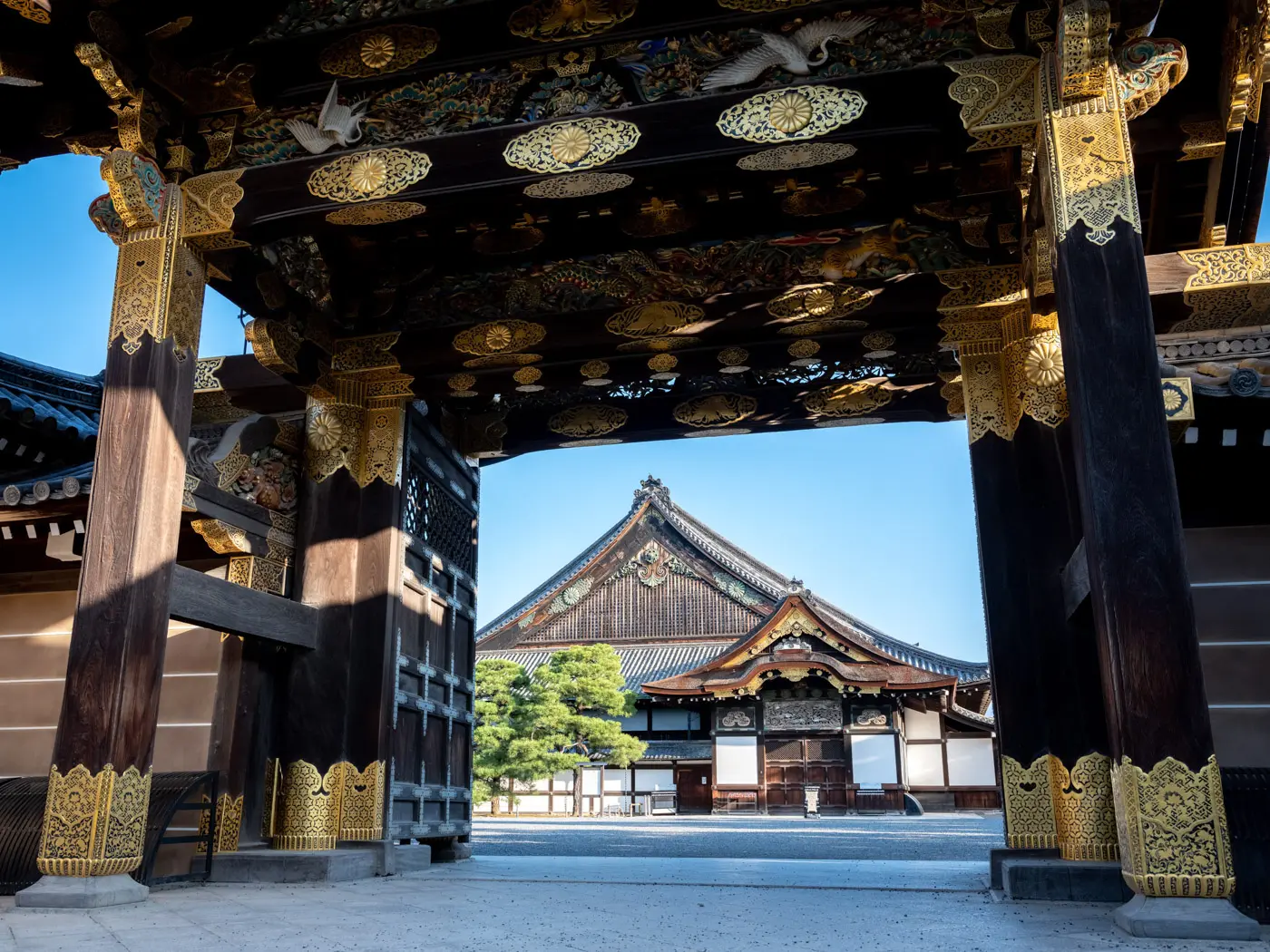
The Ninomaru Palace is the only surviving palace of the Tokugawa Shogunate and is designated as a National Treasure. In addition, more than 20 buildings, including the Karamon Gate, Southeast Corner Tower, and East Main Gate, which were constructed during Emperor Gomizunoo's visit in 1626, are designated as Important Cultural Properties. In addition, the Honmaru Palace, which will reopen to the public in 2024, was relocated from the former Katsura Palace in the Meiji era, and is also an Important Cultural Property. In addition, the Ninomaru Palace's more than 1,000 sliding screen paintings, which are said to have been created by the Kano school, are also designated as Important Cultural Properties, and the actual paintings are kept in the exhibition and storage museum. The Ninomaru Garden, said to have been created by Kobori Enshu, is also a Special National Place of Scenic Beauty.
Basic information:https://www.the-kansai-guide.com/en/directory/item/10044/
Akashi Castle

Two three-story turrets, Tatsumi Turret in the southeast corner of the main citadel and Kun Turret in the southwest corner, are designated as Important Cultural Properties of Japan. It is said that when the castle was built in 1619, Tatsumi Turret was moved from Funajo Castle at the mouth of the Akashi River, and Kun Turret was moved from Fushimi Castle in Kyoto, but they were destroyed by fire during the Kan'ei era and then rebuilt. There are only 12 three-story turrets remaining in the entire country, making them valuable structures, and Akashi Castle is the only castle in the Kansai region with two remaining three-story turrets.
Basic information: https://www.the-kansai-guide.com/en/directory/item/11670/
Himeji Castle

The beautifully towering castle tower is a "linked castle tower" consisting of a series of large and small towers. It was completed in 1609, and the four connecting towers (attached kitchens) named I, Ro, Ha, and Ni that connect the main tower, Inui Small Tower, East Small Tower, and West Small Tower are designated as national treasures. In addition to the castle tower, there are over 70 buildings designated as important cultural properties, including turrets, gates, and earthen walls, making it the castle that best retains its Edo period appearance in Japan.
Basic information: https://www.the-kansai-guide.com/ja/directory/item/20718/
Hikone Castle
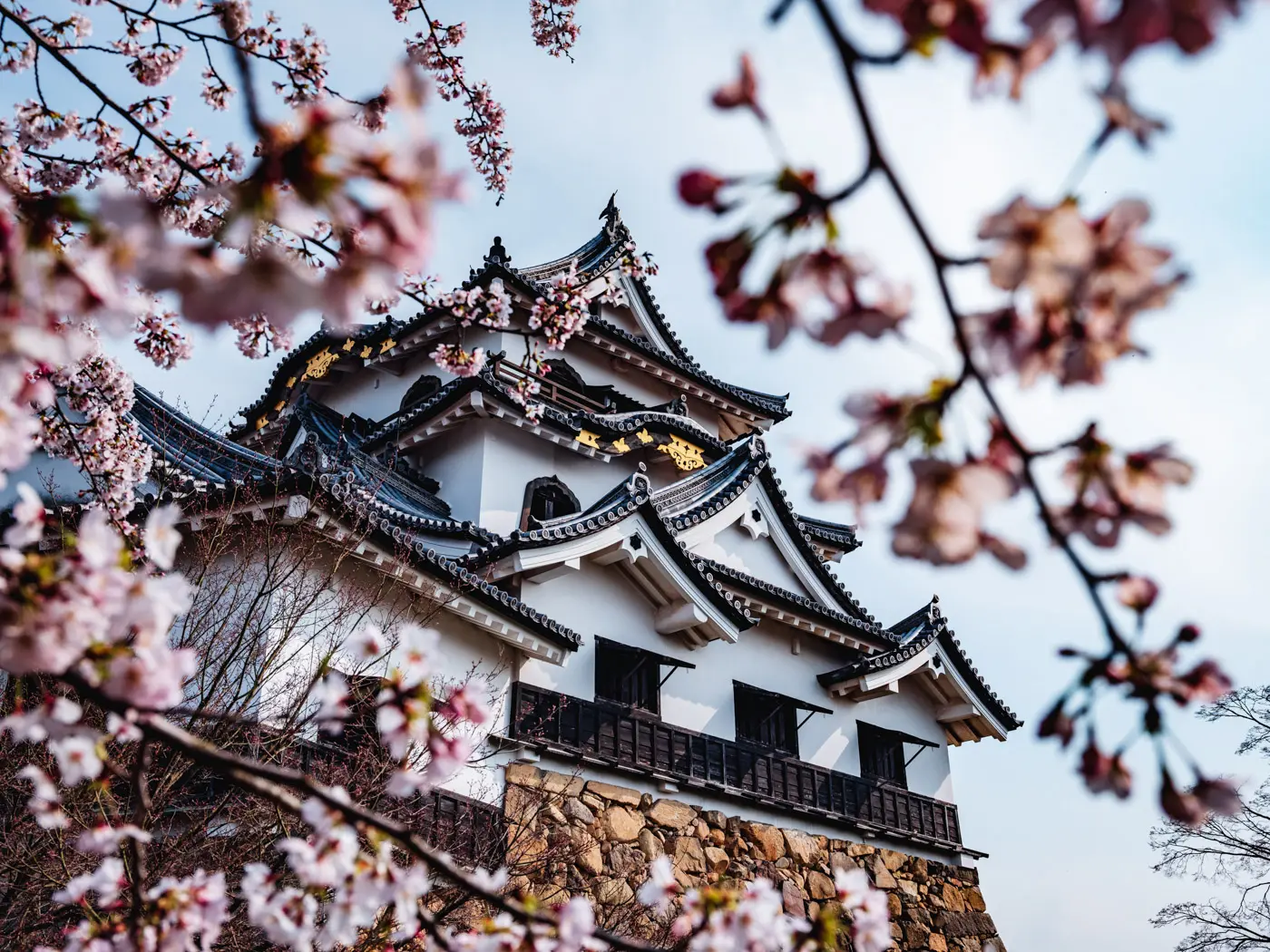
The castle tower built on the mountaintop is a national treasure. It has no continuous pillars and is constructed with each floor stacked on top of the other. It is said that the castle tower was moved from Otsu Castle, which was abandoned the year after the Battle of Sekigahara (1601). Other structures designated as important cultural properties include the Tenbin Yagura (ballast turret), Taikomon Gate and Tsuzuki Yagura (drum gate and turret), Nishinomaru Sanju Yagura (three-story turret), Sawaguchi Tamon Yagura (stable), and stables. The neighboring Genkyuen and Rakurakuen gardens are also designated as national scenic spots as masterpieces of feudal lord gardens created in the early Edo period.
Basic information: https://www.the-kansai-guide.com/en/directory/item/11771/
Check also...

Restrictions on Large Baggage

Reviving Past Memories and Emotions! Three spots related to the Food and Fragrance of Awaji Island!!!
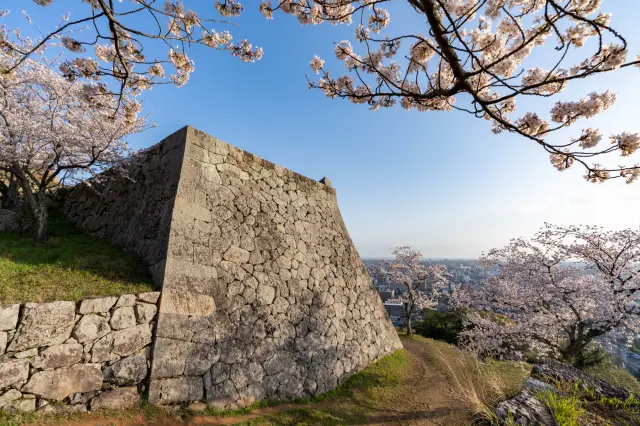
Hidden Stories in Stone: Exploring Japan’s Castle Walls
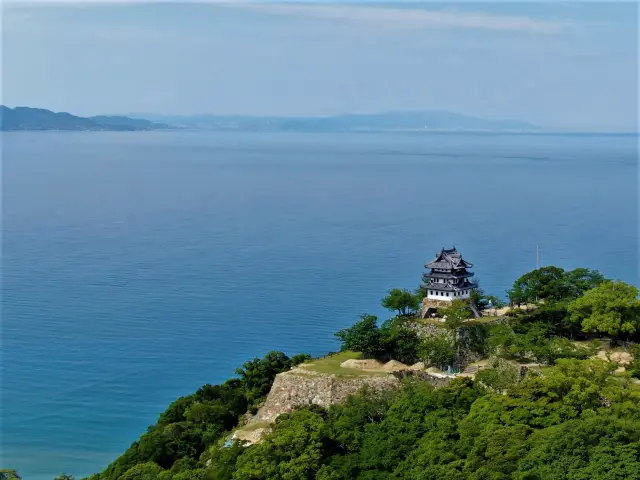
Feel Like a Lord: Castle with Stunning Panorama Views
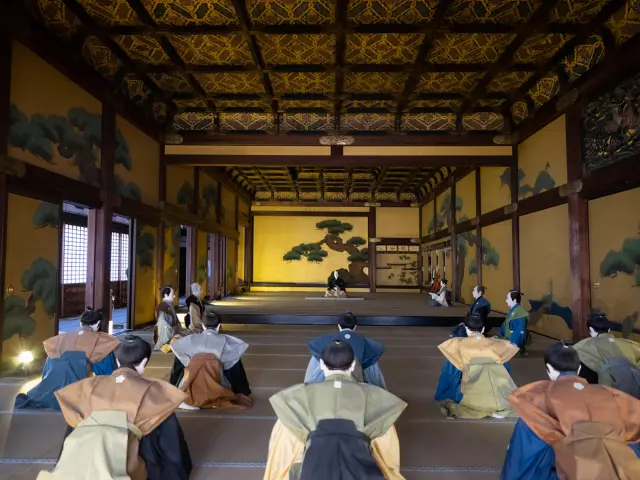
Castles of Tokugawa Ieyasu
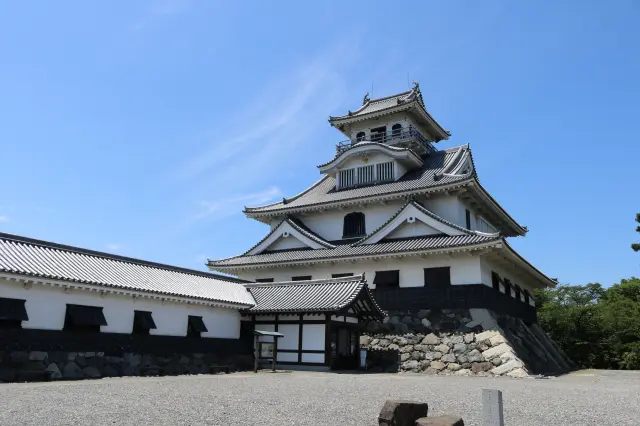
Castles of Toyotomi Hideyoshi
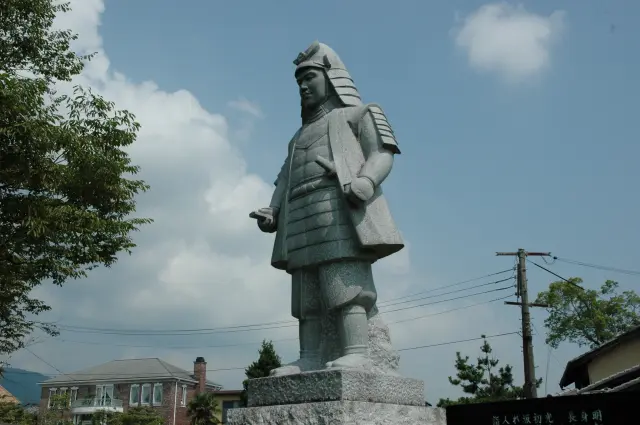
Castles of Akechi Mitsuhide

